- 全部删除
 您的购物车当前为空
您的购物车当前为空
Anti-CXCL1 Polyclonal Antibody
产品编号 TMAB-00495
别名 Secretory protein N51, Scyb1, Platelet-derived growth factor-inducible protein KC, Mgsa, Gro1, gro, chemokine (C-X-C motif) ligand 1 (melanoma growth stimulating activity, α), chemokine (C-X-C motif) ligand 1 (melanoma growth stimulating activity, alpha)
Anti-CXCL1 Polyclonal Antibody 是一种 Rabbit 抗体,靶向 CXCL1。Anti-CXCL1 Polyclonal Antibody 可用于 IHC-P,IHC-Fr,IF。
Anti-CXCL1 Polyclonal Antibody
Anti-CXCL1 Polyclonal Antibody
产品编号 TMAB-00495 别名 Secretory protein N51, Scyb1, Platelet-derived growth factor-inducible protein KC, Mgsa, Gro1, gro, chemokine (C-X-C motif) ligand 1 (melanoma growth stimulating activity, α), chemokine (C-X-C motif) ligand 1 (melanoma growth stimulating activity, alpha)
Anti-CXCL1 Polyclonal Antibody 是一种 Rabbit 抗体,靶向 CXCL1。Anti-CXCL1 Polyclonal Antibody 可用于 IHC-P,IHC-Fr,IF。
| 规格 | 价格 | 库存 | 数量 |
|---|---|---|---|
| 50 μL | ¥ 1,170 | 5日内发货 | |
| 100 μL | ¥ 1,965 | 5日内发货 | |
| 200 μL | ¥ 2,790 | 5日内发货 |
大包装 & 定制
加入购物车
TargetMol 的所有产品仅用作科学研究或药证申报,不能被用于人体,我们不向个人提供产品和服务。请您遵守承诺用途,不得违反法律法规规定用于任何其他用途。
联系我们获取更多批次信息
资源下载
产品介绍
生物活性
抗原信息
化学信息
| 产品描述 | Anti-CXCL1 Polyclonal Antibody is a Rabbit antibody targeting CXCL1. Anti-CXCL1 Polyclonal Antibody can be used in IHC-P,IHC-Fr,IF. |
| 疾病造模方案 | |
| 别名 | Secretory protein N51, Scyb1, Platelet-derived growth factor-inducible protein KC, Mgsa, Gro1, gro, chemokine (C-X-C motif) ligand 1 (melanoma growth stimulating activity, α), chemokine (C-X-C motif) ligand 1 (melanoma growth stimulating activity, alpha) |
| 交叉反应 | Human (predicted:Mouse,Rat) |
| 验证活性 | 1. Paraformaldehyde-fixed, paraffin embedded (human placenta); Antigen retrieval by boiling in sodium citrate buffer (pH6.0) for 15 min; Block endogenous peroxidase by 3% hydrogen peroxide for 20 min; Blocking buffer (normal goat serum) at 37°C for 30 min; Antibody incubation with (GRO Alpha) Polyclonal Antibody, Unconjugated (TMAB-00495) at 1:400 overnight at 4°C, followed by operating according to SP Kit (Rabbit) instructionsand DAB staining. 2. Paraformaldehyde-fixed, paraffin embedded (human spleen); Antigen retrieval by boiling in sodium citrate buffer (pH6.0) for 15 min; Block endogenous peroxidase by 3% hydrogen peroxide for 20 min; Blocking buffer (normal goat serum) at 37°C for 30 min; Antibody incubation with (GRO Alpha) Polyclonal Antibody, Unconjugated (TMAB-00495) at 1:400 overnight at 4°C, followed by operating according to SP Kit (Rabbit) instructionsand DAB staining. 3. Tissue/cell: human lung carcinoma; 4% Paraformaldehyde-fixed and paraffin-embedded; Antigen retrieval: citrate buffer (0.01M, pH6.0), Boiling bathing for 15 min; Block endogenous peroxidase by 3% Hydrogen peroxide for 30 min; Blocking buffer (normal goat serum) at 37°C for 20 min; Incubation: Anti-GRO Alpha Polyclonal Antibody, Unconjugated (TMAB-00495) 1:200, overnight at 4°C, followed by conjugation to the secondary antibody and DAb staining. |
| 应用 | |
| 推荐剂量 | IHC-P: 1:100-500; IHC-Fr: 1:100-500; IF: 1:100-500 |
| 抗体种类 | Polyclonal |
| 宿主来源 | Rabbit |
| 亚细胞定位 | Secreted. |
| 构建方式 | Polyclonal Antibody |
| 纯化方式 | Protein A purified |
| 性状 | Liquid |
| 缓冲液 | 0.01M TBS (pH7.4) with 1% BSA, 0.02% Proclin300 and 50% Glycerol. |
| 浓度 | 1 mg/mL |
| 研究背景 | The GRO gene was originally identified by subtractive hybridization studies between normal and tumorigenic Chinese hamster embryo fibroblasts. The hamster cDNA was cloned and used as a probe for cloning of the human GRO cDNA. The GROalpha gene initially cloned from T24 cells and the gene in melanoma cells encoding melanoma growth stimulating protein (MGSA) are identical. Human cells contain three closely related, but distinct GRO genes: GRO alpha, GRO beta, and GRO gamma. GRO beta and GRO gamma share 93% and 82% identity, respectively, with GRO alpha at the nucleotide level. GROs are members of the chemokine alpha family that is characterized by the separation with one amino acid of the first two cysteine residues, C-X-C, in the amino acid sequence. The GRO gene has been mapped to chromosome 4q21. In normal cells, human mRNA GRO expression is found in foreskin fibroblasts, synovial fibroblasts, chondrocytes and osteocytes. Additionally, GRO mRNA has been detected in mammary fibroblasts, mammary epithelial cells, endothelial cells, activated monocytes, macrophages, and neutrophils. Characterization of the GROalpha receptor indicates the presence of low and high affinity receptors on human neutrophils. |
| 免疫原 | KLH conjugated synthetic peptide: mouse GRO Alpha |
| 抗原种属 | Mouse |
| 基因名称 | CXCL1 |
| 基因ID | |
| 蛋白名称 | Growth-regulated alpha protein |
| Uniprot ID | |
| 研究领域 | Alpha Chemokines (CXC) |
| 功能 | Has chemotactic activity for neutrophils. May play a role in inflammation and exerts its effects on endothelial cells in an autocrine fashion. In vitro, the processed forms GRO-alpha(4-73), GRO-alpha(5-73) and GRO-alpha(6-73) show a 30-fold higher chemotactic activity. |
| 分子量 | Theoretical: 7.8 kDa. |
存储&运输
| 储存方式 | Store at -20°C or -80°C for 12 months. Avoid repeated freeze-thaw cycles. |
| 运输方式 | Shipping with blue ice. |
计算器
SCI 文献
评论列表
Related Tags: buy Anti-CXCL1 Polyclonal Antibody | purchase Anti-CXCL1 Polyclonal Antibody | Anti-CXCL1 Polyclonal Antibody cost | order Anti-CXCL1 Polyclonal Antibody | Anti-CXCL1 Polyclonal Antibody molecular weight










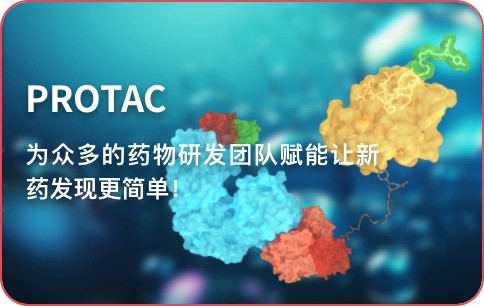





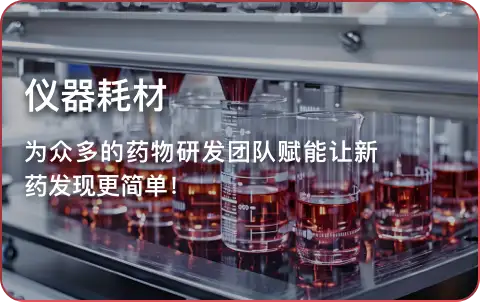
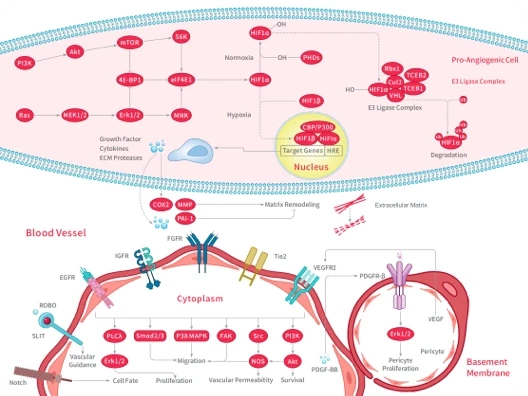
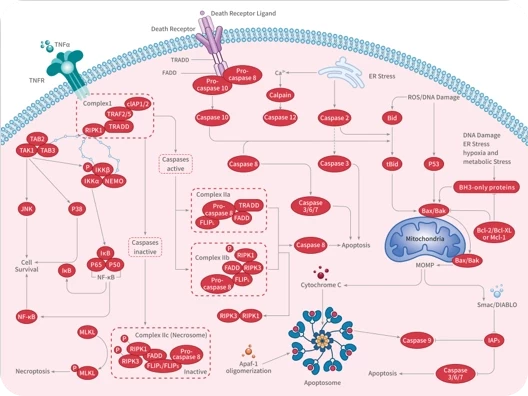
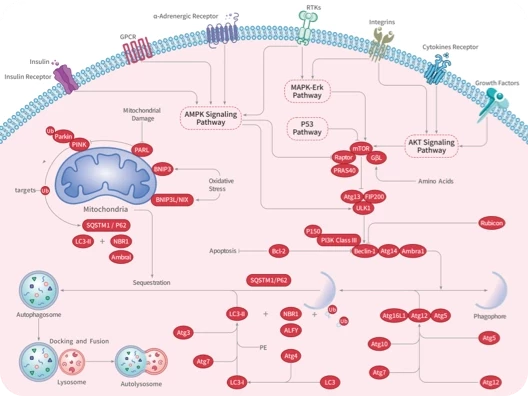


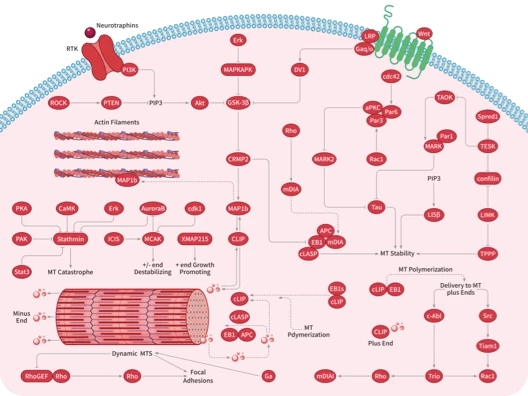
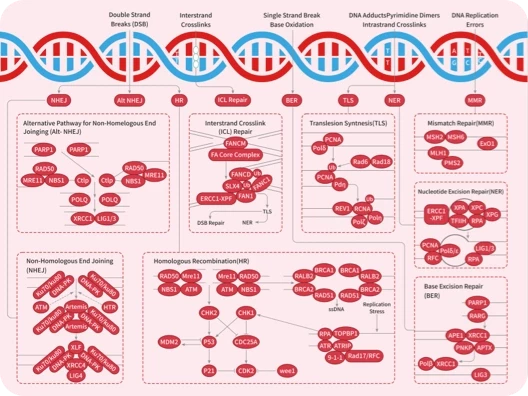

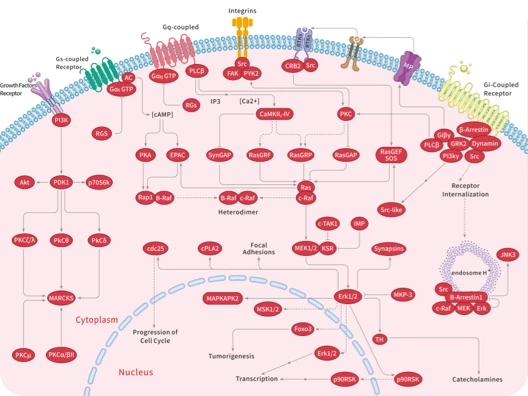
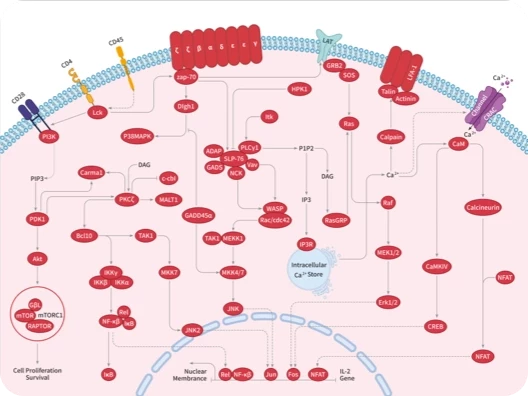
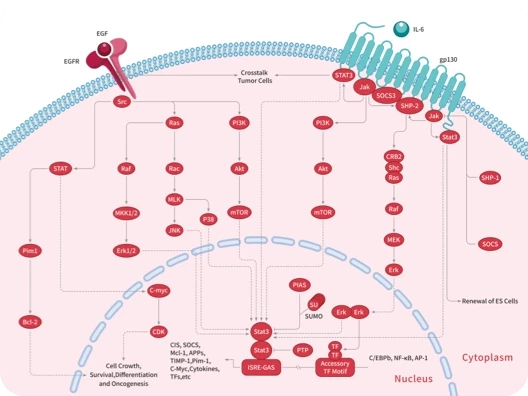
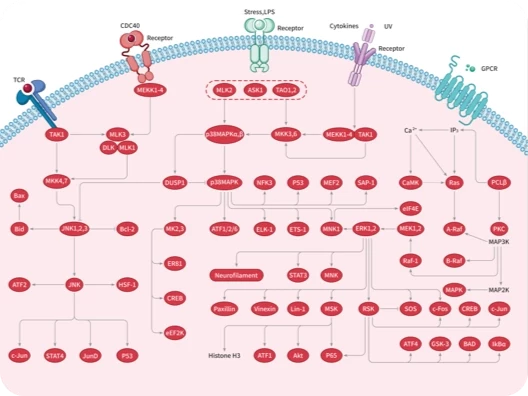


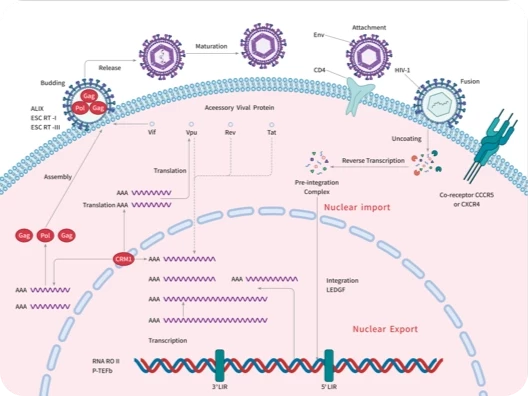

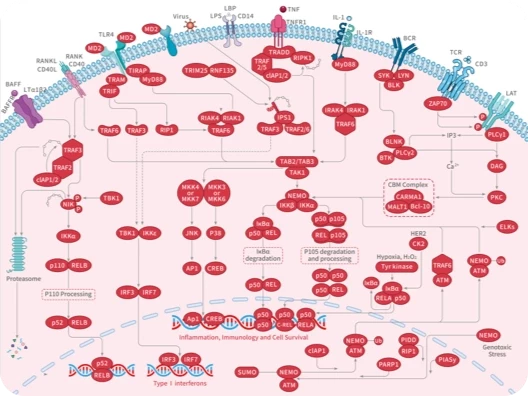
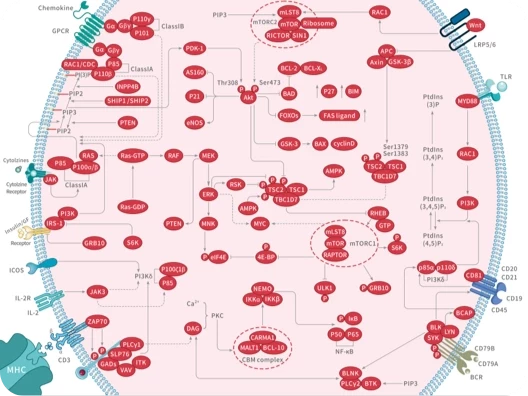
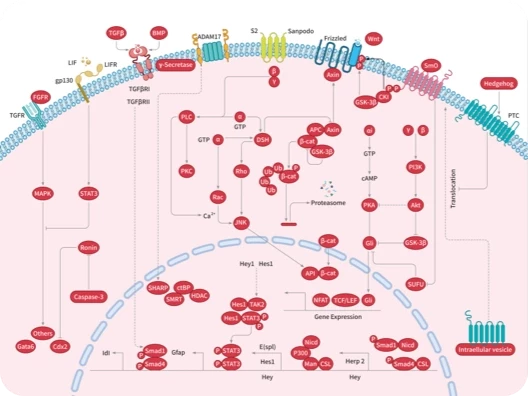

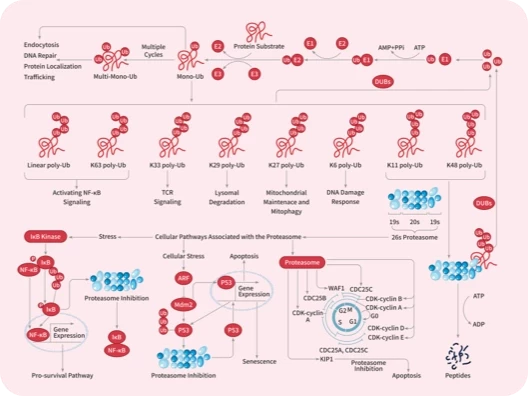


 还可以
还可以


评论内容